Overview:
This guide covers the employee-related records found at the Willamette Heritage Center within the larger collection of institutional records of the Thomas Kay Woolen Mill (Willamette Heritage Center Collections M3 1966-001). It also includes other record series that can help provide contextual information about the lives of these workers.
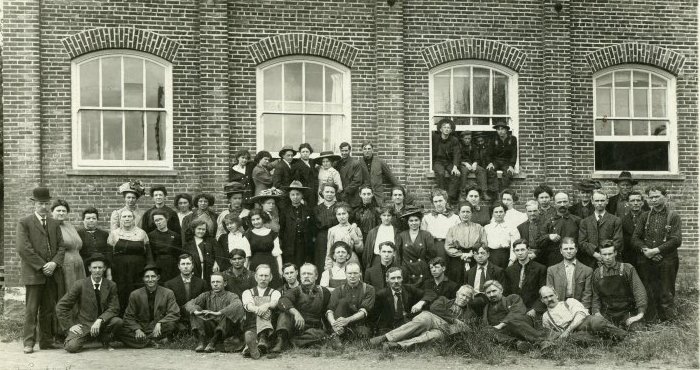
Thomas Kay Woolen Mill Employees. WHC M3 2007-010-0013
Purpose and Observations
The nature of the Thomas Kay Woolen Mill institutional records collection (including its size, illogical original order, and volume of materials) means that it has been difficult for researchers to pinpoint information about workers at the Thomas Kay Woolen Mill. This guide seeks to provide a quick overview of the employee-related records to assist researchers, volunteers and staff in determining what materials they might want to view more efficiently.
Unfortunately, the employee records in this collection do not appear to be comprehensive. There are large gaps in the records, especially in earlier years of operation. Employees working after 1940 are better documented, in part because of changes in employee reporting rules (like payroll taxes and deductions), unionization of workers, and other federal and local programs.
Collection History
In 1964, the Mission Mill Museum Association was formed in part to preserve the Thomas Kay Woolen Mill. Many of the records of the Thomas Kay Woolen Mill were transferred to the Mission Mill Museum Association during the acquisition of the mill buildings and site. Many of these records were processed under the accession M3 1966-001. This accession includes over 100 cubic feet of documents. Documents are generally broken down into:
- Publications (magazines, brochures and booklets collected during operation including trade magazines, instructional books, etc.)
- Production Records (sample books, raw material ledgers, etc.)
- Business & Financial Records and Correspondence (tax statements, machine orders, monthly factory records, etc.)
- Personnel Records
This last will category is broken down into greater detail in this guide.
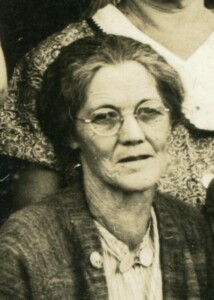
Minnie Kelly Wickizer, Thomas Kay Woolen Mill employee, WHC Collections M3 1992-008-0003
Processing History and Access
This collection has been minimally processed. A dedicated volunteer has indexed less than a quarter of the boxes. If you are researching a specific individual, we highly recommend submitting a research request and asking museum staff to run the name through our internal database. It is possible the name has already been indexed and staff can help you more closely pinpoint the records related to the individual. The search will also cover other record series related to workers at the Thomas Kay Woolen Mill, many of whom donated their own personal collections to the museum. You can also browse a list of known employees (some have links to biographies) here. Biographies include a section of known records in the Willamette Heritage Center Collections related to that individual, including photographs.
Record Types
Examples of the most common (and useful) types of employee records that are found in this collection:
Timebooks (1898-1962)
Early time keeping appears to have been done by department heads in handwritten notebooks. These books provide days and hours worked within a two-week pay period. Not only do they document the names of workers, but they can show work schedules and fluctuations of work within a department. Unfortunately, we do not have timebooks from every department for every year of operation. Many known employees do not appear in these records.
Timecards (1957-1964)
Later time keeping methods included punching timecards at a timeclock upon entry and departure from work. Each employee had a card, and the stamps show time worked for a two-week pay period. We’ve only been able to find cards starting in 1957, although it is possible the practice started earlier, and the cards were not saved.
Union Applications
The Thomas Kay Woolen Mill would not become a union shop (requiring all employees to be members of the union) until 1940. These application cards authorize the Thomas Kay Woolen Mill to deduct union dues for the United Textile Workers of America Local 2090. Applications include name of applicant, age, address, job title, date of employment, monthly dues amount and signature of applicant.
Fingerprint Cards
During WWII, the mill played an important role in providing army blankets. As such, special precautions were taken against sabotage. This meant all employees had to have their fingerprints on file. These cards provide a full set of fingerprints and some biographical information about employees during this period, often including physical description, place and date of birth, and nationality. See more about this collection here, as well as a list of the employees identified on the cards.
List of Personnel Records within M3 1966-0001
| Box.Folder | Title | Dates | Notes |
|---|---|---|---|
| 31 | Monthly Factory Expenses Reports | 1939-1947 | Contains monthly and yearly expenses for labor by department. |
| 51.1 | Fingerprint Cards | c.1941-1945 | Cards containing biographical information, physical descriptions and full set of fingerprints created by Salem Police Department and/or FBI to track millworkers during war time in case of sabotage. |
| 51.2 | War Bond Applications – Series E | c. 1943 | Applications by employees to purchase bonds through payroll deductions. Applications include employee name, address, co-owners or beneficiaries (can sometimes be helpful to know close relations) |
| 52 – 57 | Timebooks | 1890s-1950s (not complete) | Timebooks were how different departments kept track of employee hours. Books are usually handwritten and contain employee names, and a breakdown of hours worked over a two-week period. Some identify departments in which employees worked. Usually listed by department and seniority within the department. |
| 70 | Timecards | 1957-1958 | Stamped individual cards for employees used in a time clock. Organized in groups by pay period. |
| 70 | Union Applications | Includes address of employee, job title, date of employment, age and signature. Not always dated. | |
| 70 | Insurance Enrollment forms | Includes name of employee, listed beneficiary, date of birth and date of employment. | |
| 109-114 | Cancelled Payroll Checks | 1946-1960 | Groups of cancelled checks written to employees. Grouped by pay period. Only includes net pay amount. |
| 119 | Timecards | 1958-1960 | Timecards of individual workers at the Thomas Kay Woolen Mill. Cards were used with timeclock, which stamped the card when they entered and left for the day. Cards show one pay period (two weeks), with times the employees entered and exited the building, hours worked for the period, wage rate, deductions and net pay. |
| 120 | Timecards | 1957 | Timecards of individual workers at the Thomas Kay Woolen Mill. Cards were used with timeclock, which stamped the card when they entered and left for the day. Cards show one pay period (two weeks), with times the employees entered and exited the building, hours worked for the period, wage rate, deductions and net pay. |
| 123 | Timecards | 1960-1964 | Timecards of individual workers at the Thomas Kay Woolen Mill. Cards were used with timeclock, which stamped the card when they entered and left for the day. Cards show one pay period (two weeks), with times the employees entered and exited the building, hours worked for the period, wage rate, deductions and net pay. |
| 129 | Payroll Ledger | 1953-1963 | Compiled wages of employees, alphabetical by year. Usually lists: SSN, department, wages by pay period, date of birth, date of employment, marital status and address. |
| 79 | Payroll Record Ledgers | 1909-1933 | Handwritten ledgers. Usually show the employee’s name, number of days worked and total pay. Some of these ledgers are more like a timebook with individual hours. |
| 131 | Payroll Transfer Sheets | 1942-1947 | Includes hours worked, rates, wages, deductions, check amount by employee name each pay period |
| 132.6 | Bond Applications | 6 applications for bonds (loans) from the Thomas Kay Woolen Mill made by employees. Applications list Name, place of birth, residence and length of time, marital status, spouse name, creditors, relatives, employment history, and references. Six applications for four individuals (Johnnie Williams Weekly, John J. Crintz, Pearl Clinton Harland, Gilbert White. | |
| 134.6 | Report of Accident | 1939 | Walter Munro Reid |
| 134.7 | Life Insurance, Metropolitan Life | 1929-1964 | Mostly cards of those who did not enroll in this folder. Lists of employees. |
| 134.10 | Savings Bond Applications | 1948 | Lists applicants and their beneficiaries |
| 134.12 | Personnel Lists and correspondence | Includes Weaver Price Lists (prices paid by piece for weavers), Chester Page Lawsuit documentation and Wage garnishment applications | |
| 134.13 | Wage Information | Includes weaver seniority lists, comparative wage rates with other organizations and applications for Veterans Administration Vocational Training (1946) | |
| 134.16 | Weavers Book | No dates | Includes pick counts and hours worked for weavers at the Thomas Kay Woolen Mill |
| 134.17 | Weavers Book | 1944-1945 | Includes pick counts and hours worked for weavers at the Thomas Kay Woolen Mill |
| 134.18 | Weavers Book | 1946 | Includes pick counts and hours worked for weavers at the Thomas Kay Woolen Mill |
| 134.19 | Weavers Book | 1947-1949 | Includes pick counts and hours worked for weavers at the Thomas Kay Woolen Mill |
| 134.20 | Withholding Statements | 1948 |
Other Related Records at the Willamette Heritage Center
In addition to the institutional archives found in this collection, here are several other collections that help fill in gaps and provide contextual information for these records:
Worker Oral History Project (M3 1994-016)
49 Interviews conducted with former employees of the Thomas Kay Woolen Mill. These interviews provide first person perspectives, and also often reference other fellow employees. See more about this collection here, including a list of interviews.
1947 Your Town Features (Various)
Your Town was a locally published newspaper. Jan – March 1947, they featured serial profiles of the different departments and processes at the Thomas Kay Woolen Mill. The Willamette Heritage Center has a complete set of these printed features which include photos and descriptions, and a series of prints created for the article (M3 1992-101). These are tagged in the museum database by individual names.
Employee Photographs (Various)
Many group photographs were taken of workers at the Thomas Kay Woolen Mill over the years. Piecemeal efforts have been made over the years by past employees, volunteers and staff at the museum to identify all the individuals. Photos are tagged in the museum database with identifications.
Period Textbooks/Instruction Manuals (Various)
The Willamette Heritage Center has a variety of Woolen Industry related books, many collected by former employees, that break down the different work and considerations done in different departments. These can be helpful for extrapolating the tasks assigned to job titles in the mill – things not well defined in the lists and wage information in personnel records. Some of these have also been digitized and are available on other online platforms. See:
International Correspondence Schools. Wool; Wool Scouring; Wool Drying; Burr Picking; Carbonizing; Wool Mixing; Wool Oiling; Woolen Carding; Woolen Spinning; Woolen and Worsted Warp Preparation; International Library of Technology. Scranton: International Textbook Co., c. 1906. Full Digital Copy Available through Hathitrust.org
International Correspondence Schools Woolen and Worsted Cam-Looms; Woolen and Worsted Fancy Looms; Woolen and Worsted Loom Fixing; Plain Looms; Fixing Looms; Loom attachments; Automatic Looms; Dobbies; Leno Attachments; Box Motions; Jacquards; International Library of Technology. Scranton: International Textbook Co., c. 1906. Full Digital Copy Available through Hathitrust.org
Kinks for Wool and Worsted Finishers. Boston: Lord & Nagle Company, 1909. Full Digital Copy Available through Hathitrust.org
Secondary Sources
Books and thesis reports that help provide context to the history of the mill and employee experiences:
- Lomax, Alfred L. Later Woolen Mills in Oregon. Binford & Mort, 1974. WHC Collections L 2002-0014
- Crabtree, Richard L. Some Aspects of Oregon’s Woolen Textile Industry and its Workers. Thesis Reed College, May 1972. WHC Collections L 2002-0032.
- Gertenrich, Caryl. Thomas Kay Woolen MIll In Salem, Oregon, 1900-1959 Oregon State University. WHC Collections L 2002-0029. READ ONLINE AT OSU SCHOLARS ARCHIVE
- Allen, Patricia Gehrman. Thomas Kay Woolen Mill: Finishing Department 1890-1962 Oregon State University. WHC Collections L2002-0031. READ ONLINE AT OSU SCHOLARS ARCHIVE



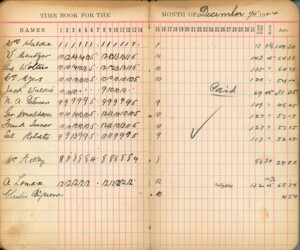
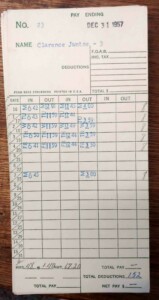
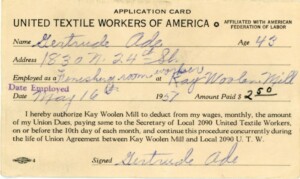
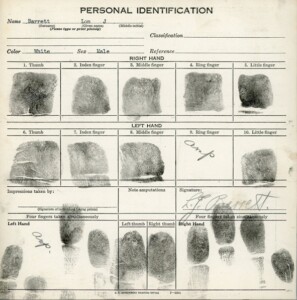
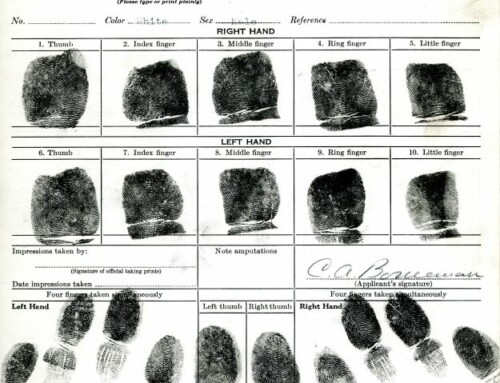
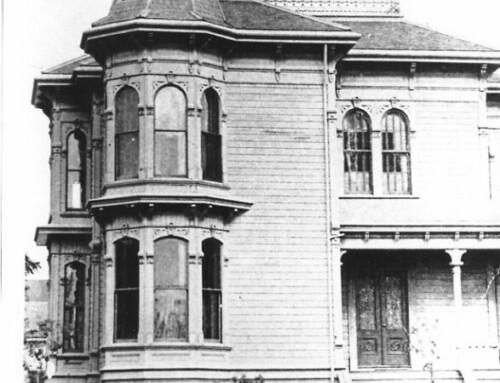
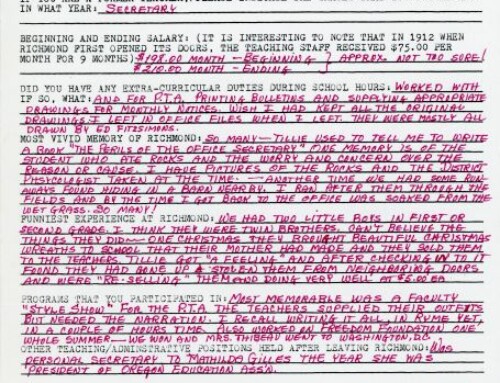
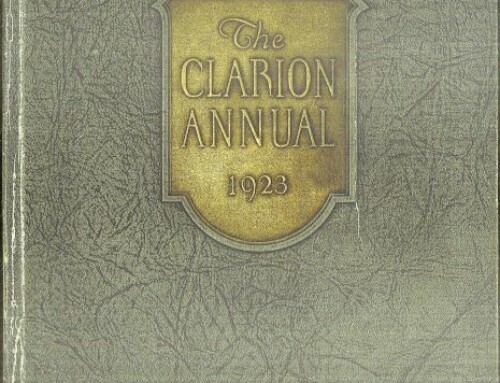
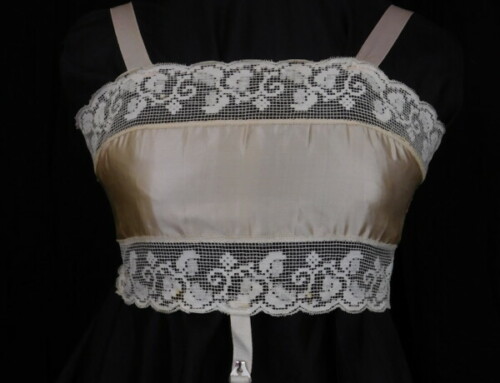
Leave A Comment